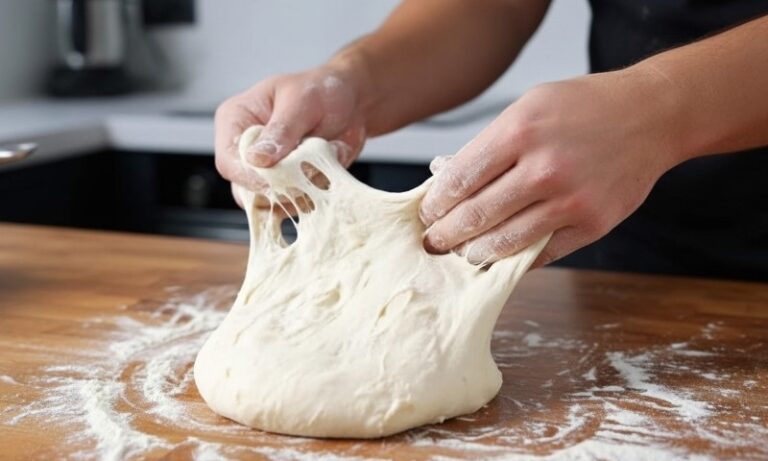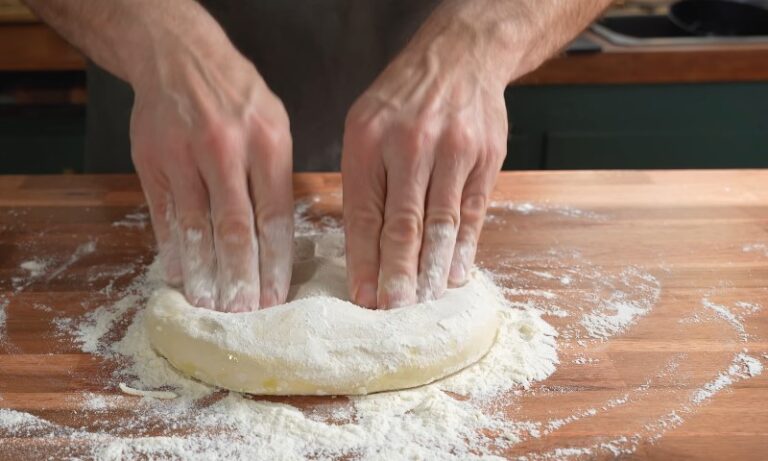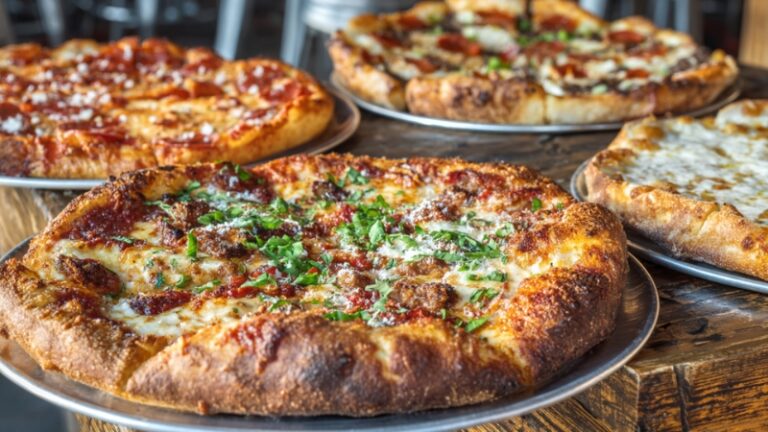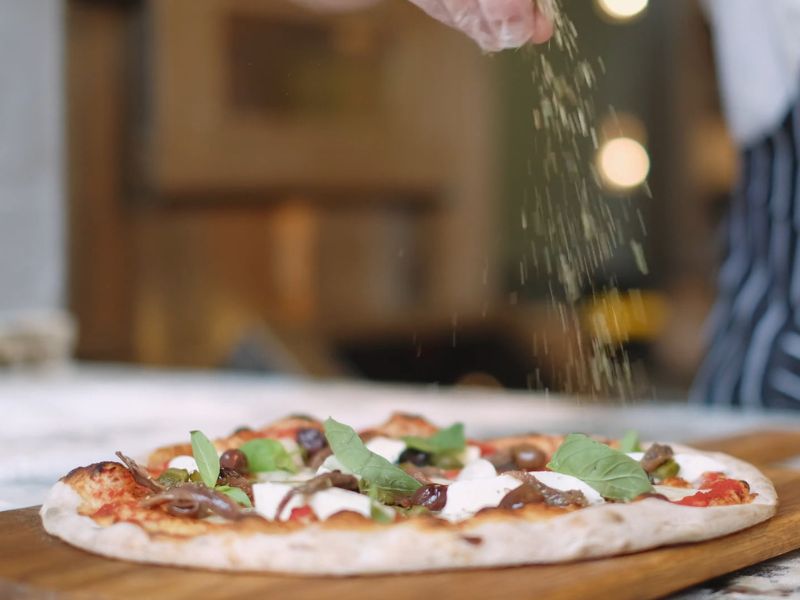Pizza has a long history of being a staple in the global food market. According to recent statistics, the global pizza market is worth arround 160 billion dollars and continues to grow annually.
With the right strategy, opening a pizza restaurant can tap into this lucrative market and yield substantial returns. However, success is never guaranteed, and careful planning is crucial.
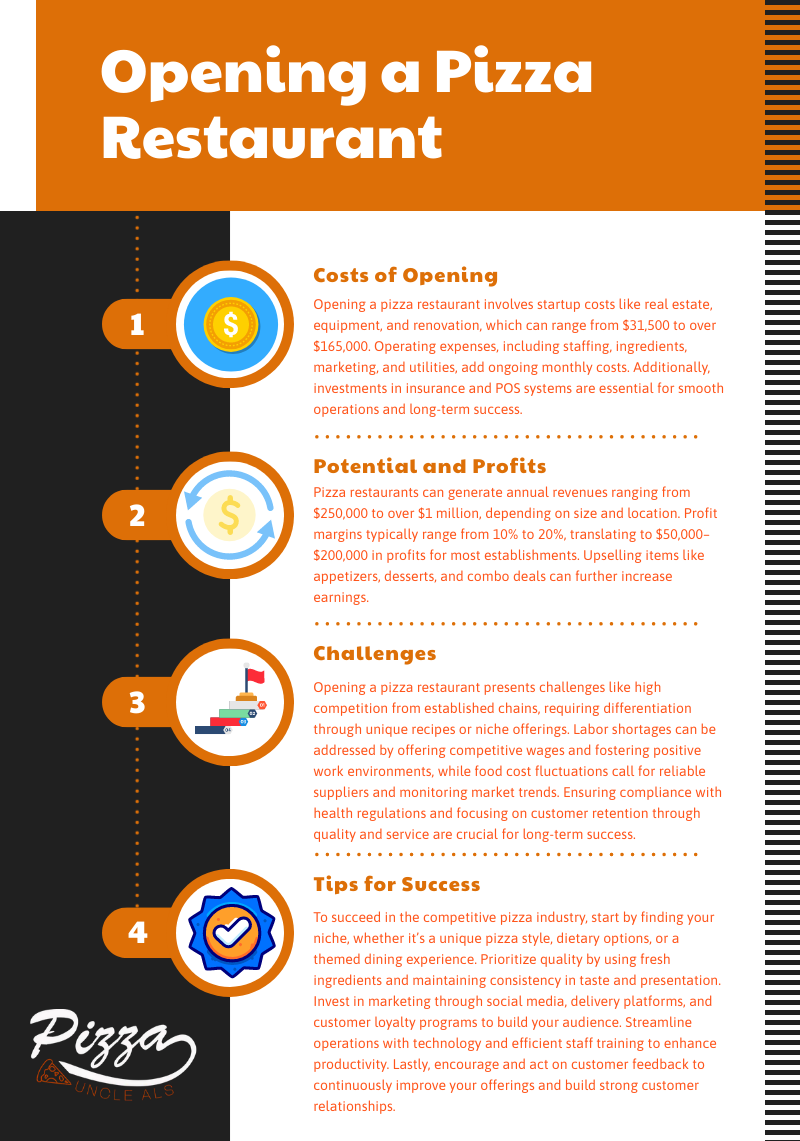
Table of Contents
ToggleCosts of Opening a Pizza Restaurant
The costs associated with opening a pizza restaurant can vary widely based on factors such as location, restaurant size, menu offerings, and the type of business model (e.g., dine-in, takeout, delivery, or food truck).
Below is a breakdown of the primary expenses to expect:
1. Startup Costs
- Real Estate and Lease: Depending on the location, leasing or purchasing a space for your restaurant can range from $1,000 to $10,000 per month. Prime locations in urban areas will cost significantly more than smaller towns or suburbs.
- Equipment: Pizza ovens, refrigerators, prep stations, mixers, and other kitchen essentials are significant investments. Expect to spend $20,000 to $100,000 or more.
- Renovation and Interior Design: Creating an inviting atmosphere for dine-in customers or an efficient space for takeout operations can cost $10,000 to $50,000.
- Licensing and Permits: These include health permits, food handling certifications, business licenses, and alcohol licenses (if applicable). Costs vary but can range from $500 to $5,000.
2. Operating Costs
3. Miscellaneous Costs
- Point-of-Sale Systems: Modern POS systems streamline operations and help manage sales, inventory, and customer data. Initial setup can cost $2,000 to $5,000.
- Insurance: Liability insurance, property insurance, and workers’ compensation are essential. Annual premiums can range from $2,000 to $10,000.
Revenue Potential and Profits
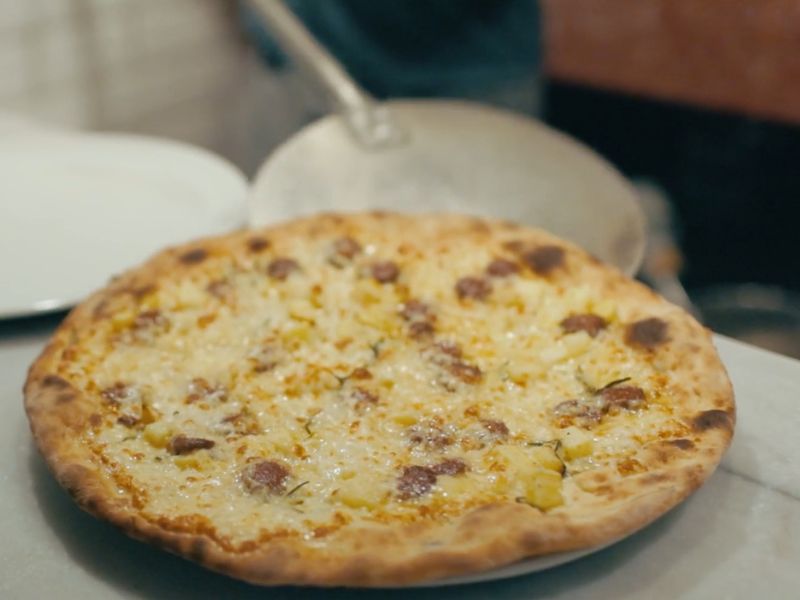
1. Average Revenue
The revenue of a pizza restaurant depends on factors such as location, customer base, and pricing. A small to mid-sized pizza restaurant can generate $250,000 to $500,000 in annual revenue. Larger establishments or those in high-traffic areas can make over $1 million annually.
2. Profit Margins
Pizza restaurants typically enjoy healthy profit margins due to the relatively low cost of ingredients compared to menu prices. Profit margins can range from 10% to 20% after accounting for expenses. For instance, if your restaurant generates $500,000 annually with a 15% profit margin, you’ll earn $75,000 in profit.
3. Upselling Opportunities
Boost profits by offering additional items like appetizers, desserts, and beverages. Combo deals, catering services, and merchandise (e.g., branded t-shirts or pizza cutters) can also add to your bottom line.
Challenges of Running a Pizza Restaurant

While the potential rewards are appealing, opening a pizza restaurant comes with its fair share of challenges. Understanding these obstacles can help you prepare and overcome them.
1. High Competition
The pizza market is highly competitive, with established chains like Domino’s and Pizza Hut dominating the industry. Differentiating your restaurant through unique recipes, superior customer service, or a niche market (e.g., vegan or gluten-free pizzas) is essential.
2. Labor Shortages
The foodservice industry often faces difficulties in hiring and retaining staff. Competitive wages, flexible schedules, and positive work environments can help attract and keep employees.
3. Food Costs and Supply Chain Issues
Fluctuations in the price of ingredients like cheese, flour, and fresh produce can impact your profit margins. Building relationships with reliable suppliers and keeping an eye on market trends can mitigate these risks.
4. Health and Safety Regulations
Compliance with health codes and food safety standards is non-negotiable. Regular inspections and staff training are necessary to maintain high standards and avoid penalties.
5. Customer Retention
Attracting first-time customers is one challenge, but turning them into repeat customers requires consistent quality and excellent service. Building a loyal customer base takes time and effort.
Tips for Success

Here are some strategies to increase your chances of success:
- Find Your Niche: Offer something unique that sets your restaurant apart. This could be a specific style of pizza (e.g., Neapolitan, deep dish, wood-fired), dietary options (vegan, keto), or a memorable theme and atmosphere.
- Prioritize Quality: The quality of your pizzas will determine your reputation. Use fresh, high-quality ingredients and ensure consistency in taste and presentation.
- Invest in Marketing: Leverage social media, local partnerships, and online delivery platforms to reach a broader audience. Hosting events, offering discounts, or running loyalty programs can also attract more customers.
- Streamline Operations: Efficiency is key in the food industry. Invest in technology to manage orders, inventory, and employee schedules. Training your staff to work as a team can also improve productivity.
- Listen to Feedback: Encourage customers to leave reviews and provide feedback. Use this information to make improvements and show that you value their opinions.
Optimize Your Operations with Technology

Conclusion
Opening a pizza restaurant can be a rewarding endeavor, but it’s not without challenges. The initial costs and ongoing expenses require careful budgeting and planning. Success depends on differentiating yourself in a competitive market, maintaining high-quality offerings, and delivering excellent customer service.
With the right approach, dedication, and a well-thought-out business plan, your pizza restaurant could become a beloved local establishment—and a profitable venture. Whether you’re passionate about pizza or simply see the potential in this thriving market, now might be the perfect time to turn your dream into reality
Related Posts:
- Classic Pepperoni and Its Variations - Make Pizza Like a Pro
- Simple Potato Pizza with Rosemary and Olive Oil…
- Prosciutto Pizza with Roasted Red Peppers and Balsamic Glaze
- Italian Sausage Pizza with Pesto and Red Sauce
- 1-Hour Pizza Dough Recipe: Quick and Easy Homemade Crust
- Can You Eat Pizza and Still Lose Weight? – What…

